How to Ping in Linux
Method 1 of 2:
Using the Ping Command
-
 Open Terminal on your computer. Click or double-click the Terminal app icon—which resembles a black box with a white ">_" in it—or press Ctrl+Alt+T at the same time.
Open Terminal on your computer. Click or double-click the Terminal app icon—which resembles a black box with a white ">_" in it—or press Ctrl+Alt+T at the same time. -
 Type in the "ping" command. Type in ping followed by the web address or IP address of the website you want to ping.
Type in the "ping" command. Type in ping followed by the web address or IP address of the website you want to ping.- For example, to ping Facebook, you would type in ping www.facebook.com.
-
 Press ↵ Enter. Doing so will run your "ping" command and begin sending requests to the address.
Press ↵ Enter. Doing so will run your "ping" command and begin sending requests to the address. -
 Review the ping speed. On the far-right side of each line that appears, you'll see a number followed by "ms"; this is the number of milliseconds it takes for the target computer to respond to your data request.
Review the ping speed. On the far-right side of each line that appears, you'll see a number followed by "ms"; this is the number of milliseconds it takes for the target computer to respond to your data request.- The lower the number, the faster the connection between your computer and the other computer or website.
- When you ping a web address in the terminal, the second line shows the IP address of the website you are pinging. You can use that to ping a website instead of the IP address.
-
 Stop the ping process. The "ping" command will run indefinitely; to stop it, press Ctrl+C. This will cause the command to stop running and display the results of the ping below the "^C" line.
Stop the ping process. The "ping" command will run indefinitely; to stop it, press Ctrl+C. This will cause the command to stop running and display the results of the ping below the "^C" line.- To see the average time it took for the other computer to respond, look at the number after the first slash (/) in the line below the "# packets transmitted, # received" section.
Method 2 of 2:
Using the Traceroute Command
-
 Open Terminal on your computer. Click or double-click the Terminal app icon—which resembles a black box with a white ">_" in it—or press Ctrl+Alt+T at the same time.
Open Terminal on your computer. Click or double-click the Terminal app icon—which resembles a black box with a white ">_" in it—or press Ctrl+Alt+T at the same time. -
 Type in the "traceroute" command. Type in traceroute followed by the IP address or the website you want to trace.
Type in the "traceroute" command. Type in traceroute followed by the IP address or the website you want to trace.- For example, to trace the route from your router to a server for Facebook, you would type in traceroute www.facebook.com.
-
 Press ↵ Enter. This will run the "traceroute" command.
Press ↵ Enter. This will run the "traceroute" command. -
 Review the route your request takes. In the left-hand side of each new line that appears, you should see the IP address of a router through which your trace request is processed. You'll also see the number of milliseconds it took for the process to occur on the far-right side of the line.
Review the route your request takes. In the left-hand side of each new line that appears, you should see the IP address of a router through which your trace request is processed. You'll also see the number of milliseconds it took for the process to occur on the far-right side of the line.- If you see a line of asterisks appear for one of the routes, it means that the server to which your computer was supposed to connect timed out, thus resulting in a different address being tried.
- The traceroute command will time out after it reaches its destination.
4 ★ | 2 Vote
You should read it
- How to Ping on Mac OS
- How to Ping on Mac OS
- How to Ping on Linux
- How to find the MAC address using the command line in Linux
- How to use the Ping command in Linux
- Monitor Hyper-V with the command line (Part 3): Check virtual machine status
- Configure IP network address with MS-DOS command
- 10 useful commands in Windows you should know
May be interested
- Fix high Ping error on Windows 10, 11 effectively
 network with high latency will greatly affect the use of the computer to play games, watch movies or surf the web.
network with high latency will greatly affect the use of the computer to play games, watch movies or surf the web. - What is a ping? Ping instructions to test the network and explain the parameters
 what is a ping? ping instructions to test the network and explain the parameters. ping is a term used in the field of internet, although not many people care about it but ping is also worth your attention when using the network. please follow the lesson v
what is a ping? ping instructions to test the network and explain the parameters. ping is a term used in the field of internet, although not many people care about it but ping is also worth your attention when using the network. please follow the lesson v - What is Ping? How to check Ping on computer
 when downloading the web or playing games and experiencing lag, check your ping to determine whether the cause is due to the network or not. so what is ping?
when downloading the web or playing games and experiencing lag, check your ping to determine whether the cause is due to the network or not. so what is ping? - How to Ping an IP Address
 the ping command allows testing the connection speed between you and another network node. in this article, tipsmake will show you how to use the ping command on any operating system.
the ping command allows testing the connection speed between you and another network node. in this article, tipsmake will show you how to use the ping command on any operating system. - Ways to Find an iPhone Using 'Ping'
 you still have a way to force your iphone to play a sound even if you have activated silent mode by ping.
you still have a way to force your iphone to play a sound even if you have activated silent mode by ping. - Instructions to reduce lag, reduce high ping when playing online games
 you only need a few steps to set up and set up cfosspeed to reduce ping, reduce lag when playing online games.
you only need a few steps to set up and set up cfosspeed to reduce ping, reduce lag when playing online games. - How to Ping on Mac OS
 today's tipsmake will show you how to ping an address from a mac computer. pinging an address will give you an estimate of the strength of your network connection to that address. if you want to know how many ports are between your computer and the address you want to ping, you need to use the 'traceroute' feature on your mac computer.
today's tipsmake will show you how to ping an address from a mac computer. pinging an address will give you an estimate of the strength of your network connection to that address. if you want to know how many ports are between your computer and the address you want to ping, you need to use the 'traceroute' feature on your mac computer. - Network communication utilities in Unix / Linux
 when you work in a distribution environment then you need to communicate with remote users and you also need access to remote unix devices.
when you work in a distribution environment then you need to communicate with remote users and you also need access to remote unix devices. - Effective software to reduce ping when playing games, avoid lag
 the dangers of the underworld are not as great as an unstable network. reducing ping when playing games is the wish of not only vietnamese gamers but also of all brothers around the world. below are effective ping reduction software to help you realize this wish.
the dangers of the underworld are not as great as an unstable network. reducing ping when playing games is the wish of not only vietnamese gamers but also of all brothers around the world. below are effective ping reduction software to help you realize this wish. - How to Ping on Mac OS
 this wikihow teaches you how to ping an address from your mac. pinging an address will tell you approximately how strong your connection to an address is. if you want to see how many gateways are between your computer and the address you...
this wikihow teaches you how to ping an address from your mac. pinging an address will tell you approximately how strong your connection to an address is. if you want to see how many gateways are between your computer and the address you...
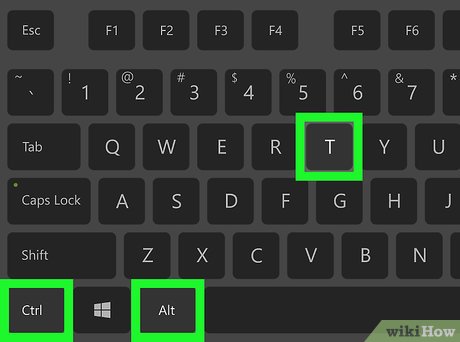
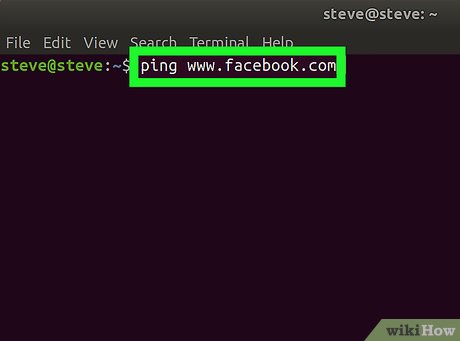

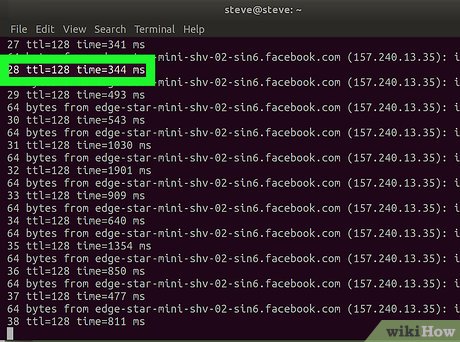

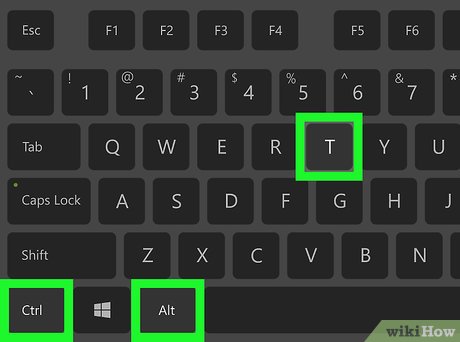
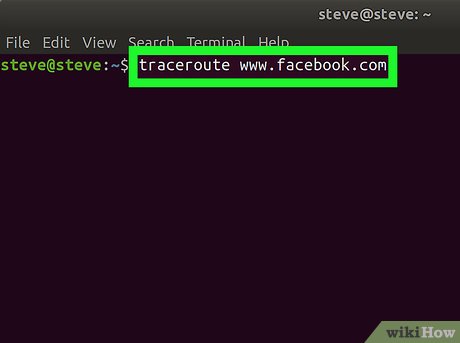
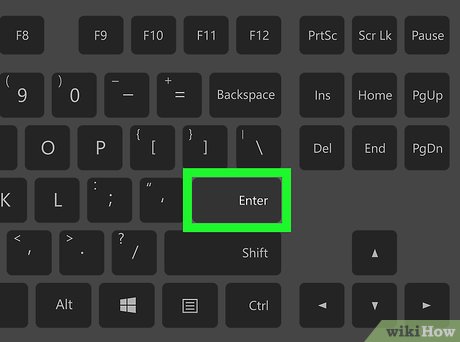











 How to Create an ISO File in Linux
How to Create an ISO File in Linux How to Change the Root Password in Linux
How to Change the Root Password in Linux How to Find a File in Linux
How to Find a File in Linux How to Take a Screenshot in Linux
How to Take a Screenshot in Linux How to Change the Timezone in Linux
How to Change the Timezone in Linux How to Add or Change the Default Gateway in Linux
How to Add or Change the Default Gateway in Linux